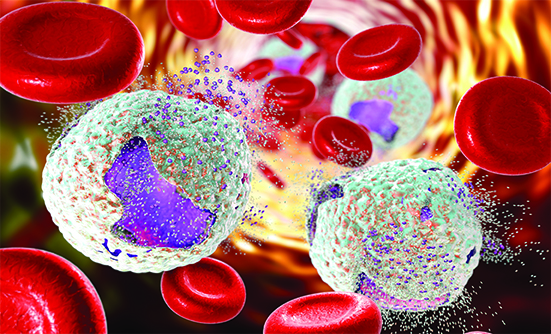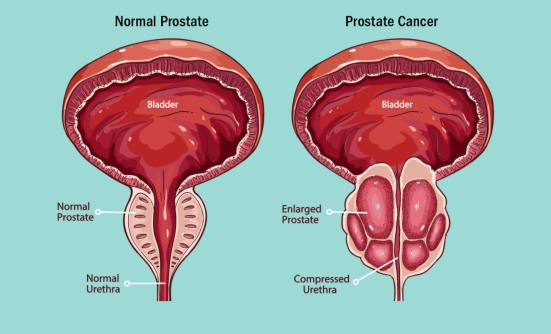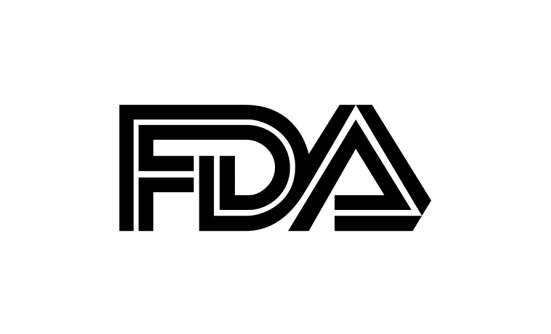Results of a new study presented at the American Society of Hematology meeting in December 2019 showed that almost half of the patients with chronic lymphocytic leukemia (CLL) responded to initial treatment with a 3-drug combination therapy, including Calquence (acalabrutinib), Venclexta (venetoclax), and Gazyva (obinutuzumab). Treatment was done sequentially, beginning with Calquence, a new-generation Bruton tyrosine kinase (BTK) inhibitor, a drug class that has shown good results in patients with CLL. Calquence is the second BTK approved by the FDA for CLL.
The use of this combination in patients who had not received any treatment for CLL resulted in good response, with many patients having undetectable minimal residual disease (or MRD) after only 8 monthly cycles of therapy. Undetected minimal residual disease indicates a complete response to treatment, and although the cancer can come back, at that time there are no signs of the cancer.
Almost all (97.3%) of the patients had partial responses to treatment after cycle 4; this increased to 100% of responses after cycle 8 and continued through cycle 16. Almost half (48%) of the patients had undetectable minimal residual disease after cycle 8. At the end of 16 cycles of treatment with the combination, three-quarters (75%) of the patients had undetectable minimal residual disease.

Benjamin L. Lampson, MD, PhD, Medical Oncologist at Dana-Farber Cancer Institute in Boston, said that at cycle 8, “we start to see the appearance of patients with complete responses. Of the 100% response rate at cycle 8, 25% of these are complete responses.” Dr. Lampson added that “approximately 48% of patients had undetectable MRD in the bone marrow and 68% of patients had undetectable MRD in the blood.”
Because these 3 drugs work by different mechanisms, and their side effects are different, “it makes sense to ask, can we combine them to achieve even deeper, more durable remissions in CLL?” said Dr. Lampson. “It makes sense that they would form a nice combination together.”
The study included 37 patients with untreated CLL, who started treatment with Calquence, then Gazyva was added, and then Venclexta, in a sequential manner. The 3-drug combination was then continued for 16 cycles.
Patients with a complete response who had undetectable minimal residual disease after cycle 16 could choose to stop treatment and were monitored for disease recurrence (coming back). If CLL was detected again, the patients resumed treatment with Calquence and Venclexta.
All other patients continued treatment with Calquence plus Venclexta for 24 cycles. Patients who had complete responses and undetectable minimal residual disease at cycle 24, again had the option to discontinue treatment. Other patients continued treatment with Calquence and Venclexta until their disease progressed or the side effects were intolerable.
More than half (62.2%) of patients did not have IGHV mutation, which often occurs with CLL, and 27% of the patients had other genetic abnormalities, such as deletion 17p and/or TP53 mutation.
Overall, the safety of the 3-drug combination was good. Serious adverse events included 2 cases of tumor lysis syndrome, a complex of metabolic abnormalities, which occurred after the start of Gazyva and before Venclexta treatment. There was also 1 case of increased cardiac troponin level.
Pretreatment with Calquence and Gazyva reduced the risk for tumor lysis syndrome. “Tumor lysis syndrome risk was reduced by the 3 cycles of lead-in therapy,” Dr. Lampson said.












